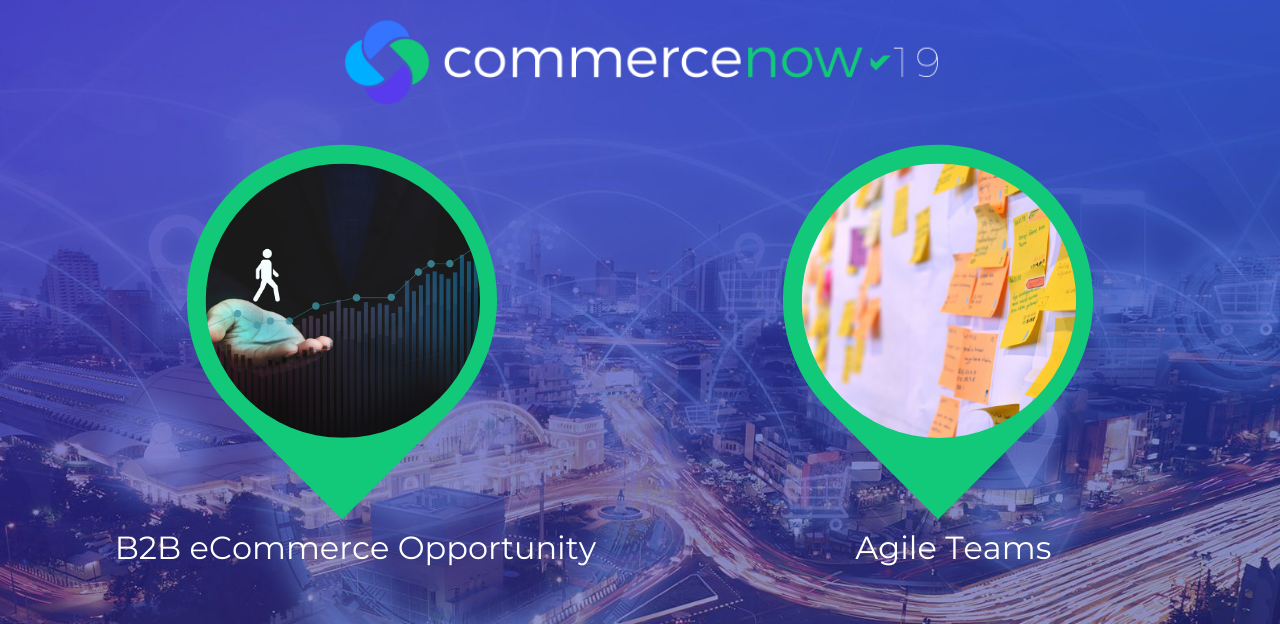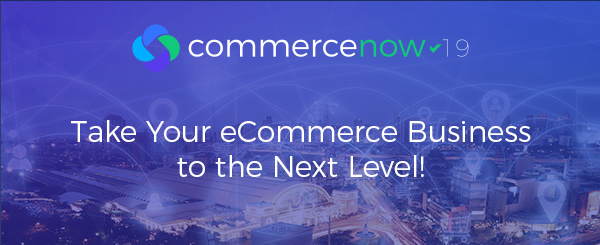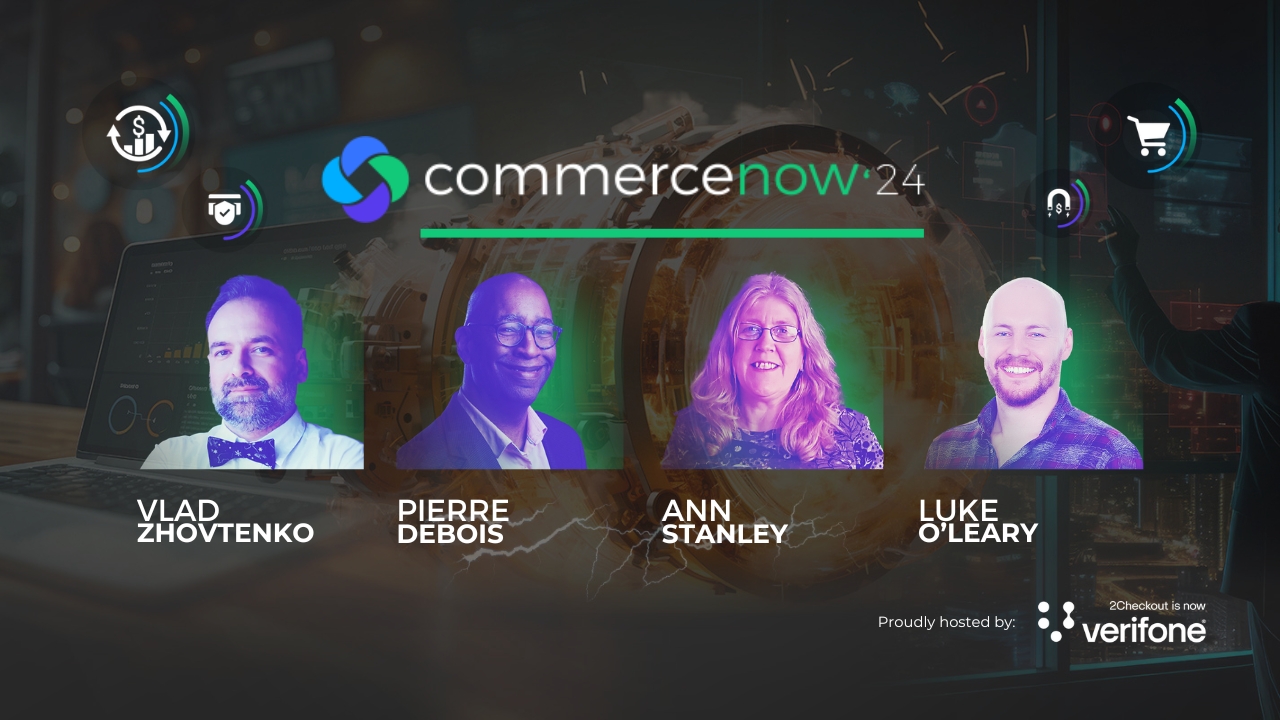If you’ve heard it once, you’ve heard it a million times: marketing is all about the customer. Unfortunately, that maxim can be easy to forget when you’re bogged down in the day-to-day of implementing eCommerce systems or managing agile sprints. But for all your hard work to pay off, you really need to stay focused on the customer. These recent CommerceNOW sessions covering eCommerce and growth may help you develop new strategies for making customer needs your top priority.
Maximizing the B2B eCommerce Opportunity: Don’t Be Afraid to Get Messy
In this session, Anna Talerico, Chief Operating Officer at Linux Academy, covers everything from measurement to compensation to goal setting. She started out by pointing out a reality that’s too often ignored: the buyer journey is messy! In contrast to often-shared images of a perfect funnel progressing from awareness to consideration to purchase, buyers make many detours along the way and don’t have a perfect path to becoming customers.
Different types of businesses may have different business models and complicated sales environments, but they all they need to focus on one thing: sell the way your buyers want to buy. Here are three easy steps to help you start selling for buyer needs, not internal processes:
- Define your lanes: Who works what deals? What deals can be sold which ways? Even in a complicated sales environment that involves selling online up to a certain number of seats, sending POs through Zendesk, fielding inbound and outbound calls and more, you can control and define how you sell your product for each kind of deal. Make sure to answer questions like who gets paid on a deal, who gets credit for expansions and renewals or how to transition deals to customer success.
- Document the ground rules. Once you’ve defined your selling lanes, write down the details—now! Too many companies operate on institutional knowledge about how deals work, leading to confusion and people working at cross-purposes to chase a commission. The more clearly you define and document lanes, the more likely you are to succeed—and the better prepared you will be to scale.
- Look for loopholes. What deals don’t fit in the system? In one company, salespeople were sending deals over to the eCommerce system to close and then grabbing credit for them, because deals were easier to fulfill that way. They weren’t following the process, but still got commissions! Find and close loopholes like this.
- Evolve as needed. No matter how good your initial “lanes” are and how well you document them, they won’t be perfect! Make sure they change as your business does. Evolve the processes in line with your team to ensure continued success.
- Sell the way your buyers want to buy. Don’t force them into anything—make it easy for them every step of the way.
Once you start recognizing the messy reality of the buyer’s journey and prepare to handle it, you may be ready to improve your product or service offerings to drive additional growth. Here’s how to do that—by going beyond agile.
Growth Beyond Agile: Focus on the Customer
Andre Morys, cofounder of konversionsKRAFT, discussed the recent hype around A/B testing, growth culture and experimentation—and where the hype falls flat. He shared the top 1% of growth principles that were consistent across 500 global experiments conducted by GO Group, a group of optimization consultants.
The Top Growth Principles You Can’t Ignore
- Give people a relevant reason to buy. Speak their language, not yours.
- Use herding and scarcity: funnel buyers to channels where scarcity exists.
- Make people feel good when the going gets tough—add a “you qualify for free shipping” message in checkout, for example.
Why are these are winning principles? Because they start with human behavior, not marketing departments. Too many marketers think about templates and tracking pixels rather than people and behavior. Leading with tactics will never win: lead with the customer instead.
While these principles are globally applicable, you’ll need to build out your own experimentation engine to find similar principles that work for your company. You can do that by getting started with an agile approach to growth.
What Does It Mean to Be Agile?
Agile has clearly taken off: the methodology has been widely adopted, with colorful sticky notes and cool illustrations available even on stock photo sites. But there’s way more to agile than feel-good sticky notes and cute drawings.
A lot of people are involved with agile processes, and agile means that product gets shipped more often, but it doesn’t always mean that the product gets better. Quality often rests with the product owner (PO). A good product owner will produce good product; a “bad” one will build a bad one. This means that agile alone is not enough—an agile team can build a product with a poor customer experience.
To ensure that agile works for your customers, not against them, have your company (including your PO!) adopt these three tasks to produce growth:
- Analyze customer problems
- Prioritize work (throw away irrelevant ideas!)
- Validate learnings (with a quantitative framework)
The growth equation: analyze x prioritize x validate = growth
Start to move from thinking about features to thinking about customer needs. You’d be surprised to discover how many features are not designed with the customer in mind. In addition, when testing, don’t just test, test the right thing. Work on understanding customer needs through interviews, behavioral studies and more. Don’t stop your research after just a few interviews. Find out how customers really feel. And get angry about customer problems! When their problems drive you, you’ll succeed.
Ready to learn more about eCommerce success? Check out more presentations from CommerceNOW.






